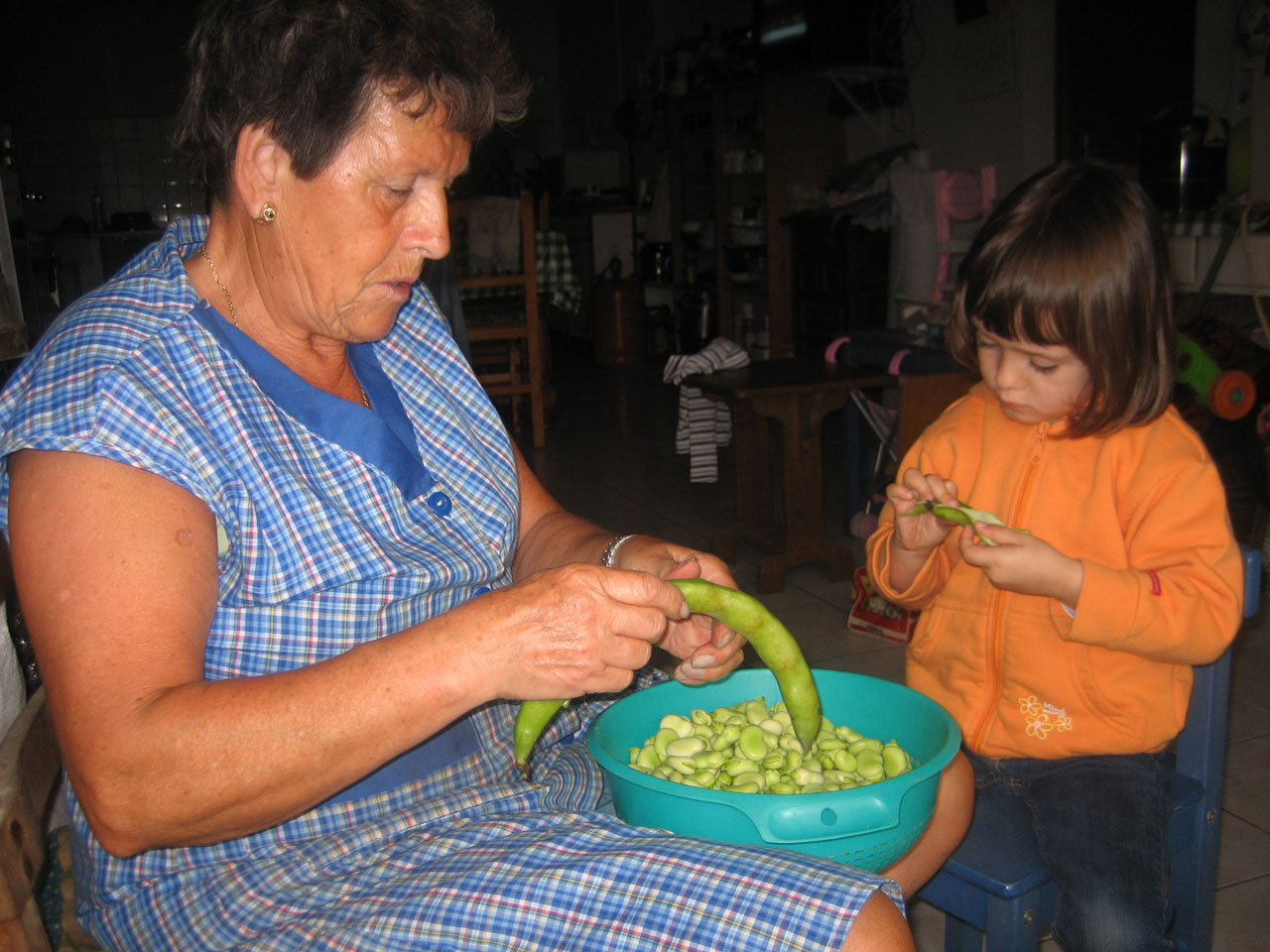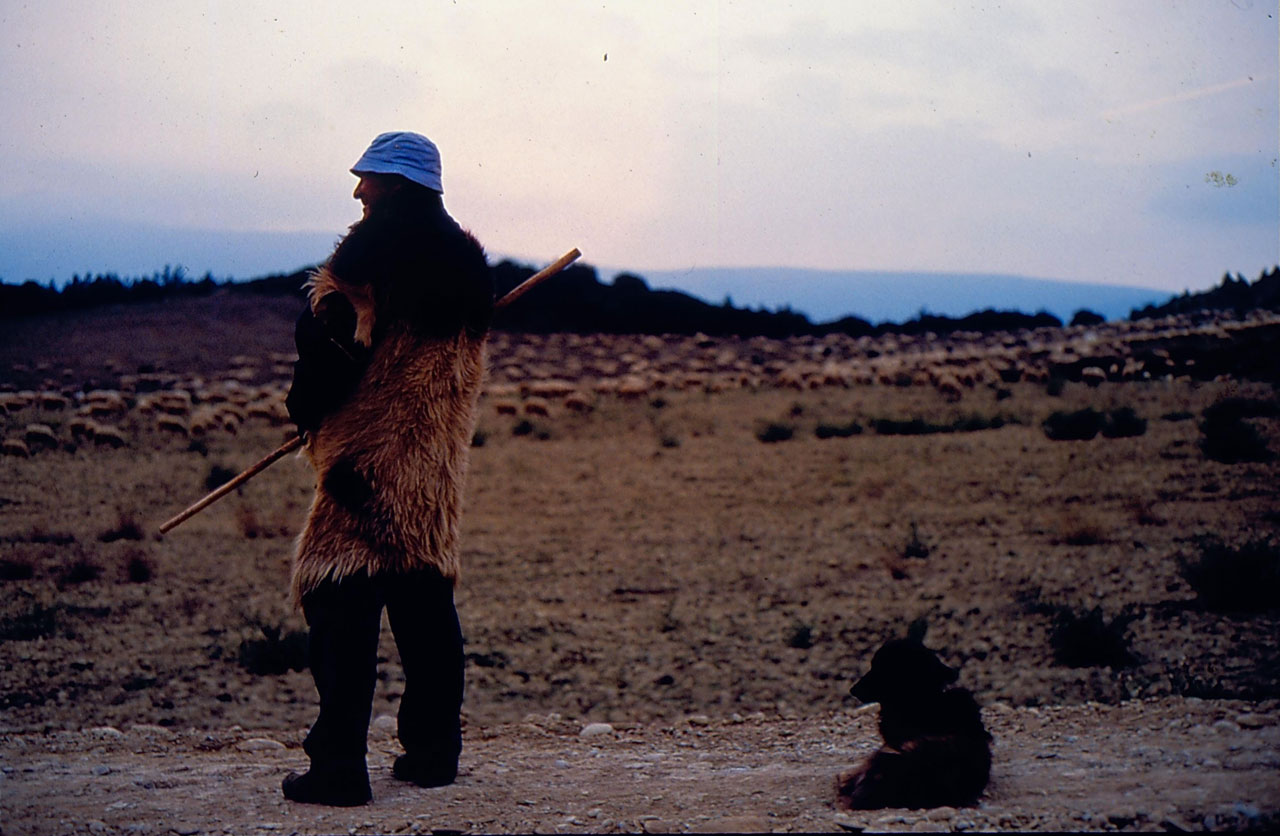Heir of the family. Zeanuri (B), c. 1920. Source: Labayru Fundazioa Photograhic Archive: Felipe Manterola Collection.
House and Family in the Basque Country


House and Family in the Basque Country
The widespread practice in the territories under charter law was for one of the children, either male or female, to continue with the family tradition of keeping up the farmstead and its belongings.
Family Diet in the Basque Country


Family Diet in the Basque Country
Beans and broad beans were the most widely grown legumes and were traditionally an important part of the diet.
Children’s Games in the Basque Country


Children’s Games in the Basque Country
Korruka Al corro de las patatas, naranjas y limones, como comen los señores, alupé, alupé, sentadito me quedé.
Traditional Medicine in the Basque Country


Traditional Medicine in the Basque Country
Eros ogi eta gazta, erremediotan ez gasta. Better to spend money on good food than on medicine.
Nuclear family. Artea (B), c. 1930. Source: Labayru Fundazioa Photograhic Archive: Felipe Manterola Collection.
Rites from Birth to Marriage in the Basque Country


Rites from Birth to Marriage in the Basque Country
Any bachelor, or spinster, traditionally continued to be linked to the homestead and to be an integral part of the family.
Funeral Rites in the Basque Country


Funeral Rites in the Basque Country
Death was an event that usually occurred in the neighbourhood, a fact that meant the home of the deceased played a leading role.
Pastor y espaldero. Cañada de los Roncaleses (N), 1996. Fuente: Iñaki San Miguel, Grupos Etniker Euskalerria.
Ganaderia y pastoreo en Vasconia


Ganaderia y pastoreo en Vasconia
La introducción de perros pastores supuso el desplazamiento de los zagales, niños de corta edad encargados hasta entonces de la conducción y guía del rebaño.
Agricultura en Vasconia


Agricultura en Vasconia
San Jurgi, artoak ereiteko goizegi; San Markos, artoak ereinda balegoz. Para sembrar el maíz, el día de San Jorge es temprano, y el día de San Marcos es ya tarde.







